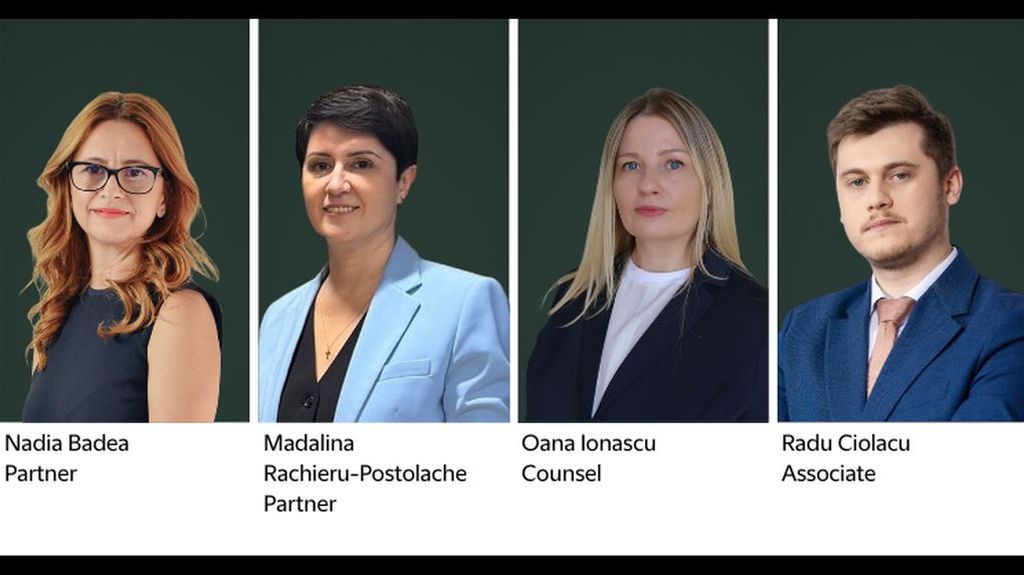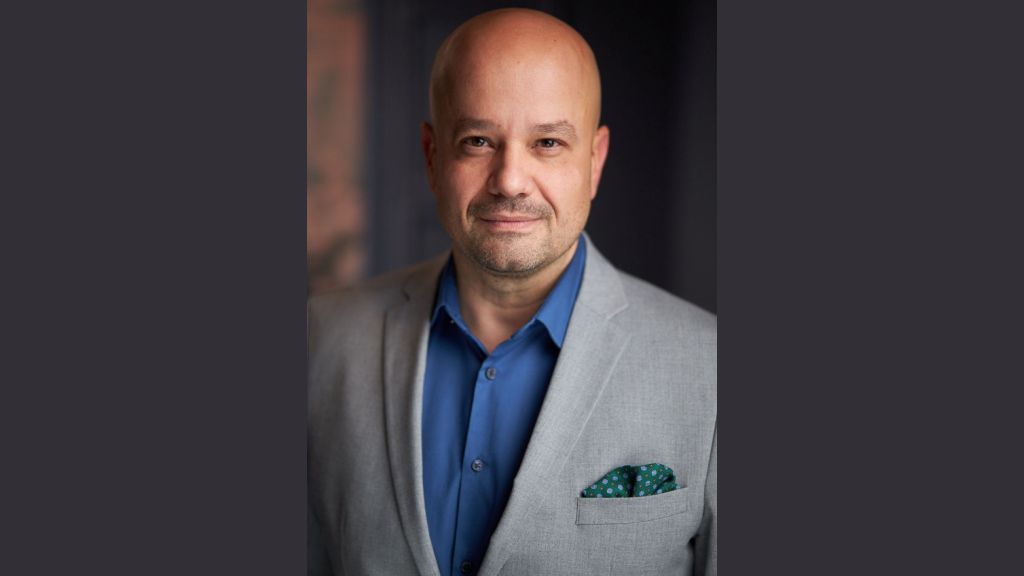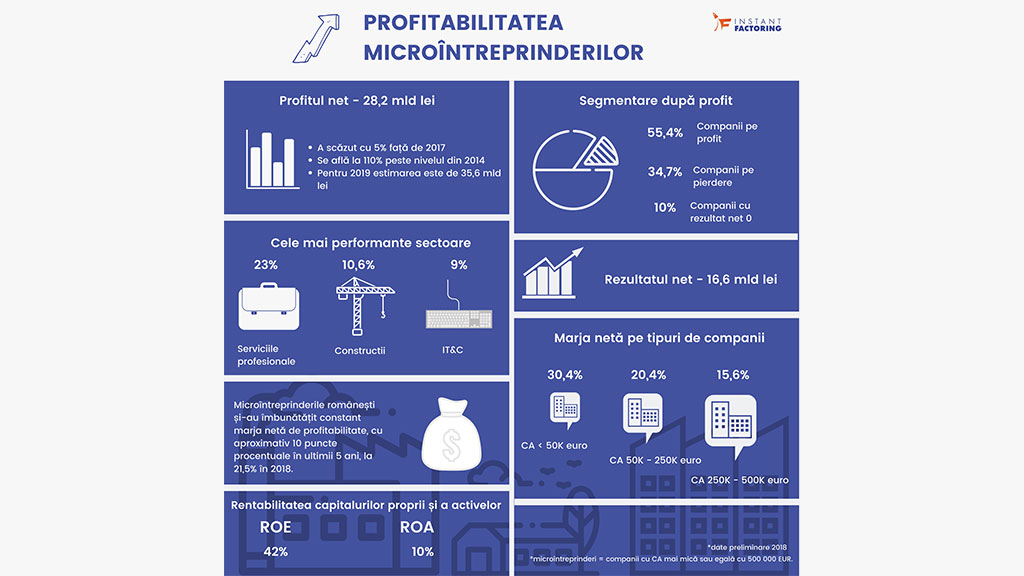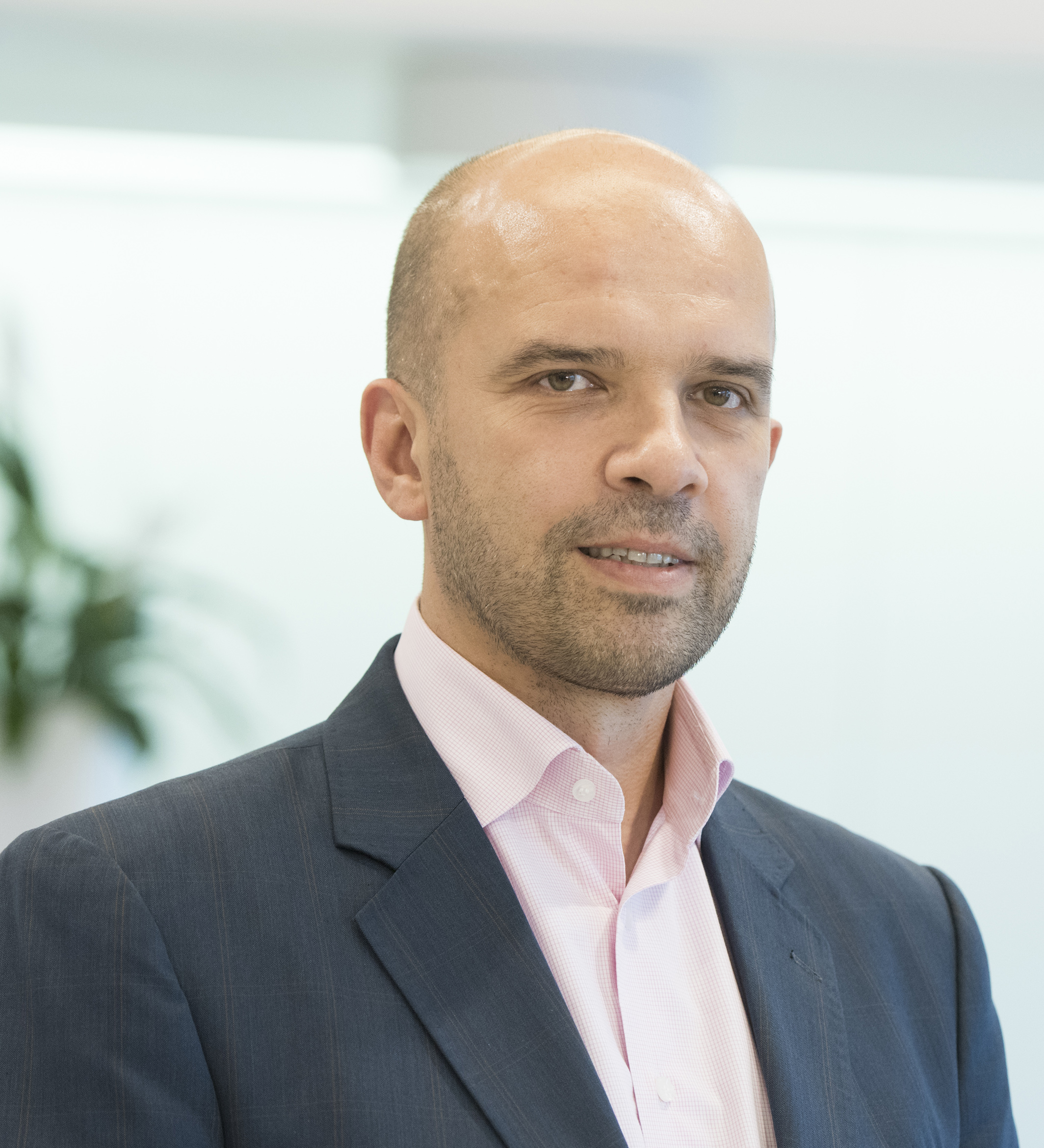In any top team, there is an implicit ideal: that each member takes full responsibility for their tasks, communicates directly and maturely, and collaborates effectively to achieve goals.
But the reality is that a single passive-aggressive person who avoids responsibility destroys a positive dynamic.
It’s that colleague who smiles in meetings but constantly forgets to deliver what they promised, who says “yes” but does “no,” who subtly sabotages decisions, then ducks when held accountable.
How do you identify these behaviors? What real consequences do they have on organizational performance and climate? More importantly, what can a CEO or top leader do to build accountability without fueling conflict?
Signs of passive-aggressive behavior
Passive-aggressive behaviors are often masked by politeness, subtle irony, or frequent “forgetfulness.” The passive-aggressive person is not overtly opposed, but neither is he or she genuinely cooperative. Here are some signs of this behavior:
• Constantly misses deadlines but offers credible explanations: “I didn’t get all the information.”, “I was asked to do something else in the meantime.”
• Uses sarcasm or indirect humor to express dissatisfaction (“Oh, what a brilliant idea, as usual…”).
• Says “yes” to leaders but doesn’t follow through on agreements.
• Avoids direct confrontations but criticizes indirectly or through other colleagues.
• Subtly shifts blame to others: “I assumed someone else was handling this project.”
Why is it a major problem on the team?
While it may seem like a minor inconvenience, passive-aggressive behavior has systemic effects. For a CEO or top manager, the risk is not just a decrease in individual performance, but contamination of the entire team, because this type of behavior:
• Undermines trust: Colleagues no longer know who they can count on. When someone says they’re handling it, it’s no longer clear whether they’ll actually do it.
• Slows down decisions: Things have to be checked multiple times, adding unnecessary control steps.
• Erodes the culture of accountability: If one person consistently evades responsibility without consequences, others may begin to follow suit.
• Increases tension in the team: Other colleagues take over unfinished work, get frustrated, but avoid confronting the problem directly, perpetuating organizational silence.
Why do these behaviors occur?
Essentially, passive-aggressive behavior is a form of protection. It can have psychological or contextual causes:
• Fear of authority or failure: The person lacks the courage to express a genuine “no.”
• Distrust of the process or leaders: They don’t feel safe being honest.
• Lack of clarity in expectations: Confusion about responsibilities fuels avoidance.
• Wrong rewards: If the person has noticed that avoiding responsibility has no real consequences or even benefits, they will continue this behavior.
How to restore responsibility in the team
Here are some strategies that work and can be applied by the direct manager:
a. Separate the behavior from the person
It is essential to avoid labels. Say: “I noticed that in the last two weeks X report was not delivered on time and colleagues had to intervene. Please tell me what happened and how we can prevent this from happening again.”
Do not use statements like “you never take responsibility” because they trigger blockages.
b. Clarify expectations, in front of the team
Passive-aggressive people often take advantage of ambiguities. Setting expectations in a clear, specific and measurable way, and then documenting them in writing, eliminates the space for avoidance.
Example: “Deliverable X will be completed by (colleague’s name) by Friday, 2:00 PM. Content includes A, B, and C. We’ll meet on Monday for validation.”
c. Provide constructive, not punitive feedback
Create contexts where feedback is an alignment exercise. Passive-aggressive people fear conflict, but they can participate in structured conversations if they are personalized and non-accusatory.
Use a predictable and empathetic “behavior, impact, alternative behavior” framework to facilitate ownership. For example: “I noticed that the presentation was not ready by the agreed deadline. The team had to reschedule the delivery. What can you do differently next time to avoid this situation?”
d. Use the principle of natural consequences
If a person consistently avoids responsibility, they should feel the effects, not through sanctions, but through a lack of access to interesting projects, recognition, or autonomy.
Example: “You have withdrawn from this project twice in a row. Until we have clear evidence that you can handle this level of responsibility, we will assign these initiatives to someone else.”
e. Build psychological safety in the team
A culture of accountability is not based on fear, but on trust. If people feel they can say “I can’t” or “I was wrong” without being penalized, they will communicate more openly.
How do you apply it in practice? Encourage honesty in meetings through open-ended questions. Give everyone the opportunity to contribute their own perspective. Create contexts in which colleagues can confidently discuss what they can do better next time.
f. Teach team leaders to coach
Middle management is often the most affected by passive-aggressive behaviors and, at the same time, the least prepared to manage them. Training them in coaching-type conversations (active listening, open questions, accountability) is essential for scaling a healthy culture.
What does the organization gain when it solves this problem?
• Clarity and speed in execution: Everyone knows what they have to do, takes responsibility, delivers.
• Culture of honesty and learning: People can ask for help or report risks without fear.
• Reduced burnout among colleagues who were constantly compensating.
• Increased trust between departments and hierarchical levels.
• Internal and external reputation: Companies with mature cultures attract talent and retain their people.
In conclusion
Responsibility is not imposed, it is built. In the face of passive-aggressive behaviors, the key is not confrontation, but clarity, consistency and psychological safety. For a CEO, the challenge is not just to “correct” the difficult individual, but to create an environment in which such behaviors do not take root. Therefore, the real value lies not in eliminating problems, but in transforming the context so that they are neutralized.
#valoria #management #performance #teamdevelopment #coaching #competence #clarity #results
About Valoria
Valoria is a consulting, training, and executive coaching company. Through our services, we help entrepreneurs to grow their business and make success concrete and predictable. Companies turn to us for marketing, human resources and sales consulting. We often respond to requests for training or coaching of management teams. Competence, trust, innovation and passion are the values we uphold in everything we do. We build long-term partnerships and collaborations, because we offer guaranteed results and the best quality, at the right price. Find out more at: www.valoria.ro.






























